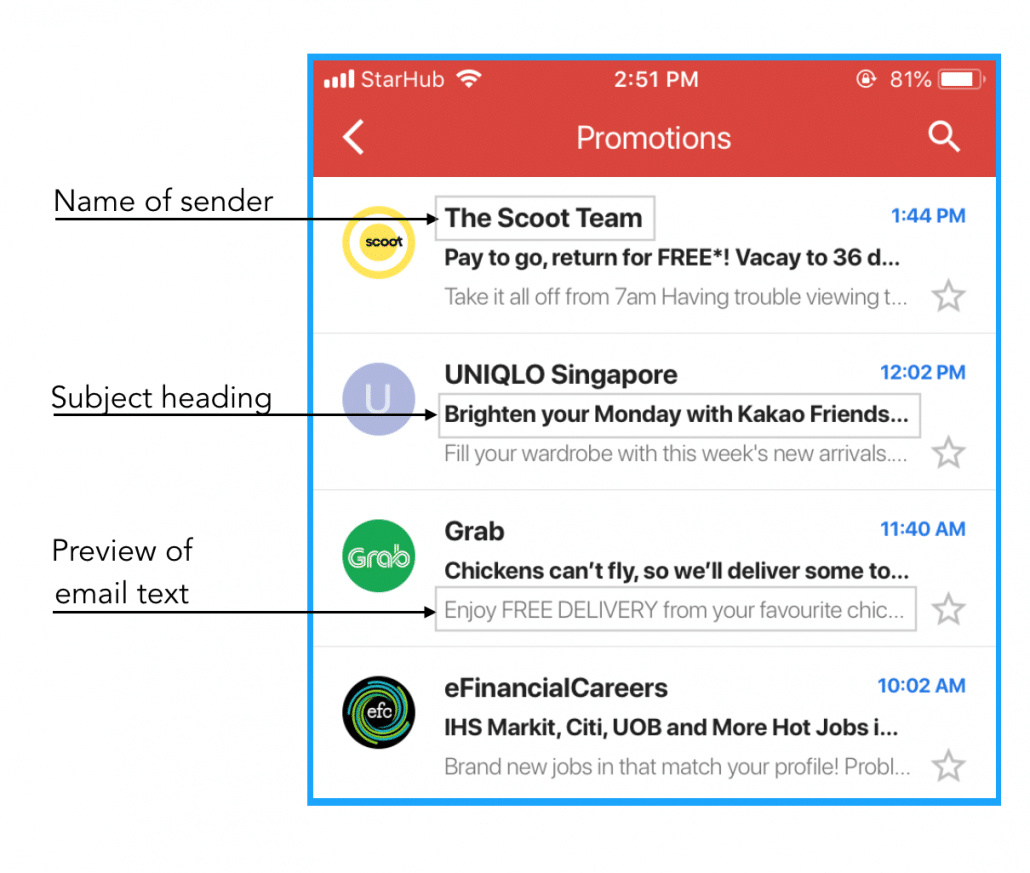When a client doesn’t respond it can lead to delays, doubts and awkward conversations.
When a client doesn’t respond, it can feel awkward and lead to endless doubts and questions on your part. By following up with them, you can figure out exactly what’s happened and help get things back on track. But how do you follow up respectfully?
Below, we explore how and when to send a follow-up email and give you a number of potential templates to use in a variety of different circumstances.
We will be covering:
- Why clients might not be responding and how you can turn this around
- Why you should send a follow-up email and how this can improve your response rates
- What to consider before following up with a client
- When to send follow-up emails and how often you should send these
- How to write a follow-up email and what to include
- Example follow-up emails to help you get started
Let’s dive in!
Why don’t clients respond?
Not receiving a response from a new client is unnerving to say the least, especially when you’re a customer-centric organization. Remember that no matter how excited a client is to work with you, they’ve also probably got 1,001 other things going on and for many of us it is a constant struggle to reach ‘inbox zero’.
In fact, marketing report shows that 40 percent of consumers have at least 50 unread emails in their inbox at any given time – yikes! There is every chance that your email has been lost in their inbox among the seemingly endless sea of unread emails.
It could also be that they’ve discussed your impending projects with their colleagues and have identified a couple of potential roadblocks. Maybe they’re awaiting sign-off from their manager. Maybe their accounts team has told them that if they’re going to proceed with you, then they need to come up with cost-savings in other areas.
There are all sorts of reasons why a client might not respond in a timely manner. Try not to let your imagination run wild – just touch base with them so you can get the ball rolling.
Why should you send a follow-up email?
According to research sending just one follow-up email could increase your response rate by 22 percent. It was also shown that the first follow-up email is the most effective with a 40 percent higher response rate than the initial email which sits at around a six percent response rate.
There are a number of instances where a follow-up email might be appropriate, and a few where a follow-up is warranted and even expected. Depending on the industry you work in there may be a number of factors that dictate when and how often you need to follow-up with clients. For example, if you are working in an industry where compliance plays a significant role you may be required to follow-up with clients – and there may be consequences for failing to do so.
Sending a follow-up email is generally considered a good practice, if not to remain compliant and check a box from your side it also shows you are engaged in the client’s journey and helps to set and reinforce expectations.
4 Things to consider before sending a follow-up email
There are 4 golden rules to keep in mind when deciding whether or not to send a follow-up email.
1. Don’t be afraid to pick up the phone
Email is the fallback that many service professionals use to communicate with clients. Emails are great. After all, they allow clients to respond when it’s convenient for them, they can take their time composing the appropriate response, and it provides an irrefutable log of all back-and-forth communication.
However, it’s a lot easier for your email to get lost in a client’s inbox (or to be read but promptly forgotten about) than it is for a client to ignore a phone call. If your emails seem to continually go unanswered, then it might be time to pick up the phone.
If you have sent your proposal to a client you can give them a quick call to let them know they should have received a proposal from you. This also gives you the opportunity to confirm they have received it and answer any questions they may have that could have delayed their acceptance of the proposal.
2. Automate when you can
Clients aren’t the only ones who are busy – and you can improve your efficiency and save time by automating your follow-up email process. Following up on multiple emails to different clients can become a time consuming process. Automating parts of this process will help with the heavy lifting. Depending on the platforms you use there are many different ways to automate some or all of the follow-up process.
For example, Ignition’s proposal reminders feature allows you to send reminders to clients who are still yet to accept your proposal. You can choose how many days to wait before sending a reminder and select the total number of reminders to send out until they accept your proposal.
3. Always give the client a call-to-action
CTAs or calls-to-action help to remind a client of what you need from them – whether it’s key information, an answer to your question, sign-off on a project, or payment.
Giving the client clear instructions helps them to action things from their end as quickly as possible. We recommend making the call-to-action as direct as possible so that you can avoid any potential confusion.
CTA examples:
- Include a ‘schedule a meeting’ link if you are following up to confirm a time to meet with them
- Ask a clear question, for example, asking for a time to meet with them
- Position your questions at the beginning and the end of the email if you are chasing information
- Provide a direct link for your client to pay an overdue invoice
4. Make sure you actually need to follow-up
Cover yourself first and check that you haven’t already received a reply from the client. It might have disappeared in your email, or they may have contacted someone else in the team.
Follow-ups can be awkward enough as it is – let alone if you make a mistake and actually did receive a reply from them. So before you send a curt ‘As per my previous message…’ email, double check that you haven’t already received their response (and check those spam and trash folders just in case!).
How long should you wait for a response before following up?
It can be hard to know exactly when you should follow-up if you haven’t heard from a client. On the one hand, you want to keep on top of things and make sure they don’t lose interest. On the other hand, you don’t want to seem too pushy.
It is generally considered good practice to wait at least two to three days between your follow-ups. Clients, like anyone else, are often busy which may mean it takes a few follow-up touchpoints to prompt a response. It is easy to forget that you’re not always going to be your client’s top priority and sending a follow-up email too quickly can make you appear rude or even annoying in some cases. We recommend sending a gentle reminder a couple of days after your initial email to get back in touch whenever they’re ready to proceed.
Here are some basic guidelines:
- Assess the urgency. If a client hasn’t responded about a project that’s due to be completed by the end of the week, then perhaps send a follow-up a day or two after your original message. However, if they haven’t got back to you about your availability for a project in a month’s time, then consider waiting a week or so.
- Rely on context. Small talk at the beginning of a meeting can provide you with invaluable information. Perhaps a client apologizes for joining the call late and explains they’ve been in back-to-back meetings, or perhaps they casually mention that they’re preparing for a big company-wide initiative that’s about to launch. If this is the case, leave more time between follow-ups. Not only will this make your email less likely to get lost in the ether, but it’ll also ensure that you don’t end up annoying them during a really busy time.
- Don’t let your proposal go cold. In general, wait no longer than a week without following-up on a proposal that you’ve sent over. Provided they had not already given you an expected timeframe for their response. Proposals may require sign-off from different stakeholders, or you may want to make sure that the proposal has been thoroughly read. Sending a follow-up email may also surface any final questions the client has before they are ready to sign off on the proposal.
How often should you send a follow-up email and how many should you send?
There is no one-size-fits-all rule for the number of follow-up emails you need send to a client – that is dependent on the circumstance. What we do know is that sending two to three follow-up emails is considered to be the optimal amount – with the first follow-up email being the most effective. With data also showing that sending an excessive number of emails is generally not the answer either.
Avoid taking up too much of a client’s time by constantly chasing responses, limit it to three follow-ups if you can – the effectiveness of follow-ups is shown to drop off after the fourth email. Try to get the small details sorted out via client intake forms, text, phone, or a messaging platform such as Slack – try communicating with your client in the format that is easiest for them if you are after a quick response.
What to include in a follow-up email
- A short but compelling subject line – try to include part or all of your request if possible. E.g. Reminder: Overdue invoice requiring payment or Following up on business expense report.
- A warm and friendly greeting or an appropriate greeting based on your rapport with the client.
- In the body of your email make sure to include the objective in simple language. This has been shown to improve the likelihood of receiving a response and your request being fulfilled.
- Provide context where necessary, forward the original email or provide any necessary links of documentation to avoid the client having to search for it and potentially delaying their response.
- Sign off with a tl;dr or summary of your request and provide a clear call to action to prompt a response or the desired action from your client.






%20(1).png)
.png)

